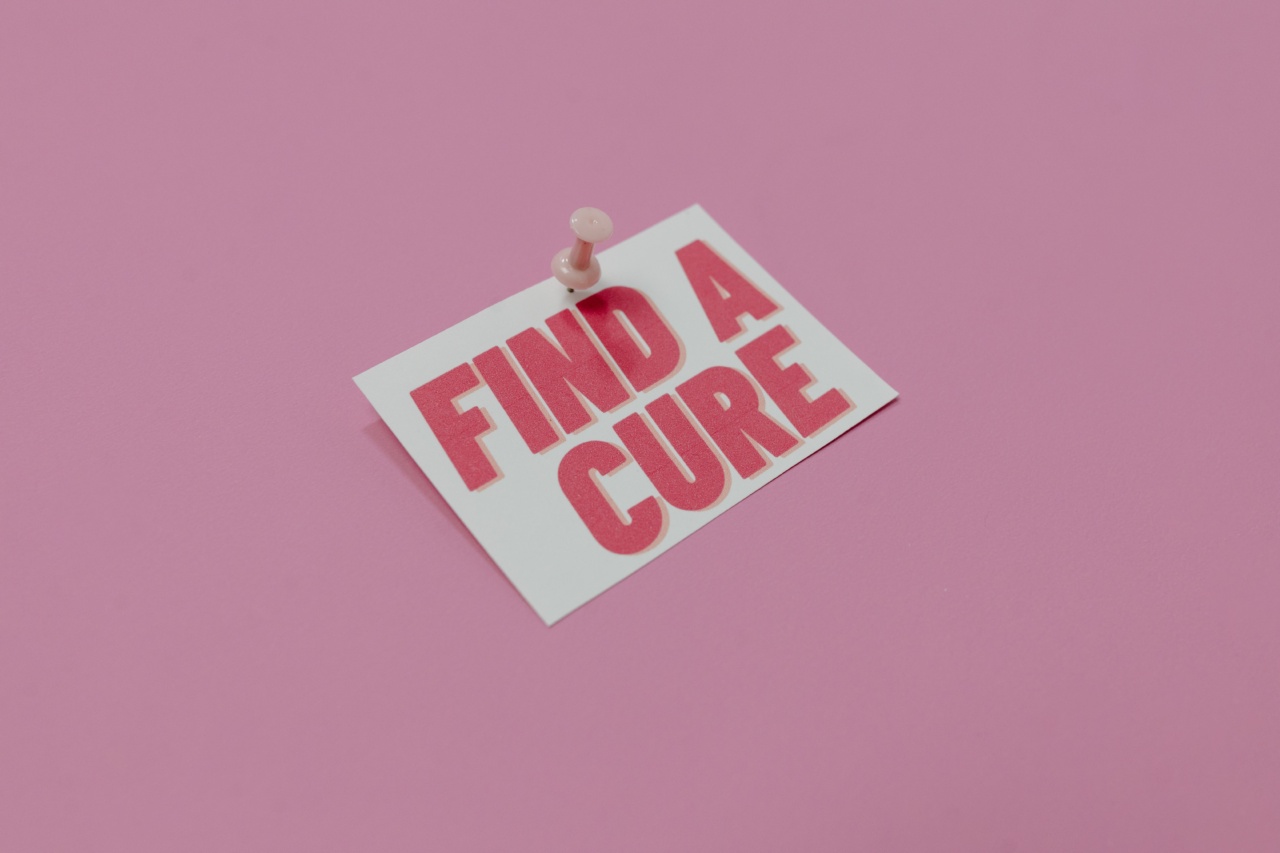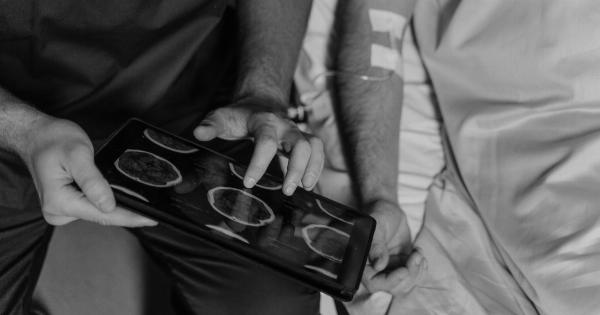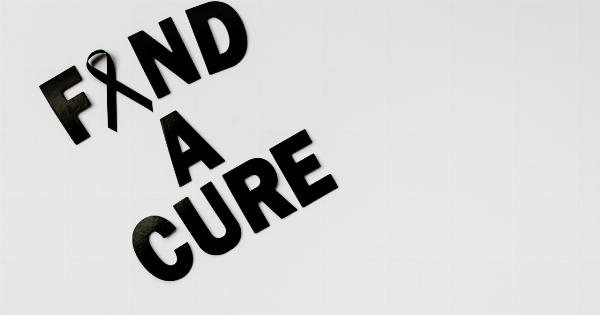When it comes to breast cancer, most people assume that only women are affected by the disease. However, breast cancer can affect men too.
While breast cancer is more common in women, around 2,000 men in the United States are diagnosed with the disease every year. Here are the key facts about male breast cancer that everyone should know about:.
What is Male Breast Cancer?
Male breast cancer is a rare form of cancer that affects the breast tissue in men. The disease occurs when the cells in the breast tissue begin to grow uncontrollably. This can lead to the development of a tumor or lump in the breast tissue.
Who is at Risk?
While male breast cancer can affect men of any age, it is more likely to occur in older men.
Men who have a family history of breast cancer, or who have a genetic mutation that increases their risk of developing breast cancer, are also at an increased risk of developing the disease. Other factors that may increase a man’s risk of developing breast cancer include exposure to radiation, excessive alcohol consumption, obesity, and certain medical conditions such as Klinefelter syndrome.
What are the Symptoms?
The symptoms of male breast cancer are similar to those of breast cancer in women. The most common symptom is a lump or swelling in the breast tissue.
Other symptoms may include discharge from the nipple, changes in the texture or appearance of the breast tissue, or changes in the skin covering the breast tissue.
Diagnosis
Diagnosing male breast cancer typically involves a physical exam, imaging tests such as mammography or ultrasound, and a biopsy to remove a sample of tissue from the breast for testing.
If cancer is detected, additional tests may be performed to determine the stage of the cancer and whether it has spread to other parts of the body.
Treatment
The treatment for male breast cancer typically involves surgery to remove the tumor and surrounding tissue. Depending on the stage of the cancer, radiation therapy and/or chemotherapy may also be recommended.
Men with hormone receptor-positive breast cancer may also undergo hormone therapy to help prevent the cancer from returning.
Survival Rates
The survival rates for male breast cancer vary depending on the stage of the cancer at the time of diagnosis. The overall five-year survival rate for men with breast cancer is around 84%.
However, the survival rate is higher for men whose cancer is diagnosed and treated in the early stages of the disease.
Prevention
There is no surefire way to prevent male breast cancer. However, men can reduce their risk of developing the disease by staying at a healthy weight, limiting alcohol consumption, and avoiding exposure to radiation.
Men who have a family history of breast cancer or who have a genetic mutation that increases their risk of developing breast cancer may also consider genetic testing and counseling.
Conclusion
Male breast cancer may be rare, but it is still a significant health concern for men.
Understanding the key facts about the disease, including its symptoms, risk factors, and treatment options, can help men recognize the signs of breast cancer and seek prompt medical attention if needed.






















